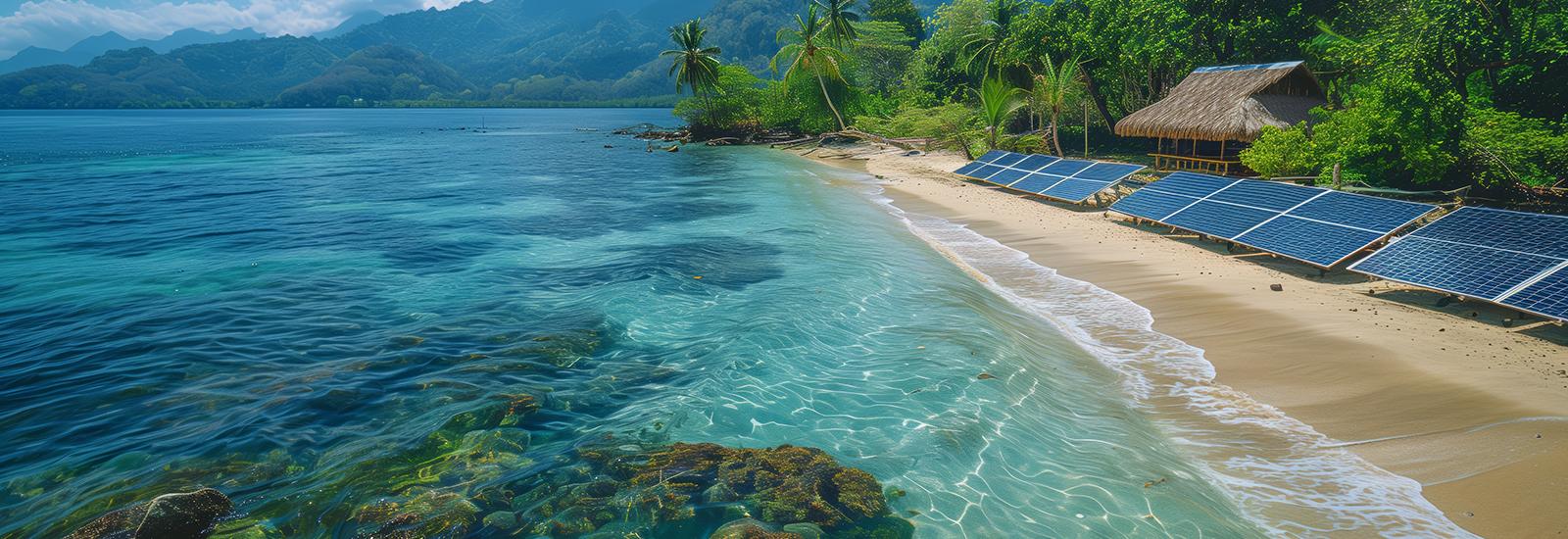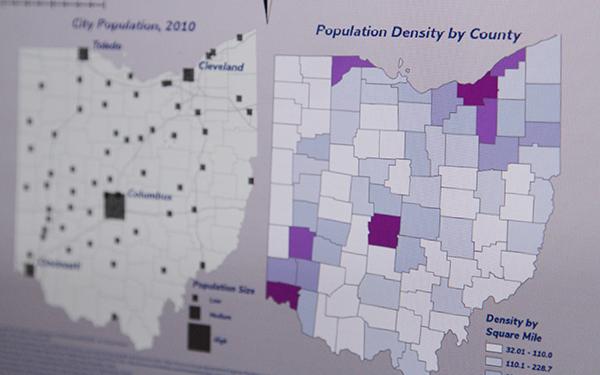The Physical Geography major connects knowledge of the natural world with the way that world is shaped by human action.
From droughts and earthquakes to land cover change and the built environment, you’ll study at the confluence of natural sciences like geology and hydrology with human geography.
Physical geographers are concerned about the structures and processes controlling the dynamics of the natural world, and how the natural world shapes and is shaped by human action.
This includes understanding the impact of natural hazards, such as hurricanes, tornadoes, draughts and earthquakes, on humans and the built environment.
You'll receive technical training in areas such as biogeography, geoscience, hydrology, glaciology, geomorphology, land cover change, and global climate change.
If you want to be a meteorologist, you should check out the Atmospheric Sciences major. But if you're interested in getting a sense of how climate and the physical structure of the planet interact to create the world we know, this is the major for you.
You'll receive a solid foundation in mathematics and the physical sciences while strengthening your ability to think critically, communicate your knowledge with others, conduct your own research, and understand map development and weather forecasting.
Below is a list of some of the issues and topics you'll study:
Weather Forecasting
- Satellite images
- Radar
- Remote sensing models
Micrometeorology
- Urban heat islands
- Dust devils
- Energy conservation
- Air quality
Geomorphology
- Tectonic uplift
- Glacial action
- Chemical weathering
- Field observation
Global Climate Change
- Human influence
- Glaciers or ice sheets
- Environmental impact
- Climate Change Detection
- Climate Justice
Climatology
- Land or sea integration
- Droughts
- El Niño
- Land use
- Climates of the world
As a geography student, your knowledge of the world is in demand in unexpected places, from the insurance industry, outdoor recreation, resource management, and the public sector.
According to the U.S. Bureau of Labor Statistics, median pay for geographers is $89,000 per year with at least a bachelor's degree required.
Possible career opportunities include:
- Environmental Management Specialist
- Professional in agribusiness, outdoor recreation, and resource management corporations
- Climatologist for public or private sector
- Monitor for the U.S. Environmental Protection Agency
- Energy and Natural Resources Specialist
- Air Quality Analyst
- Outdoor Parks Service Guide
- Risk Analyst for insurance industry
- Professional storm chaser/weather guide
- Environmental Consultant
- Researcher for
- The U.S. Geological Survey
- The National Resource and Conservation Department's Center for Atmospheric Research
- The Institute of Arctic and Alpine Research
Bureau of Labor Statistics, U.S. Department of Labor, Occupational Outlook Handbook, Geographers
Curriculum for Physical Geography (BS)
If you are a student considering the Physical Geography degree, the downloadable file below will provide further information on the courses required.
Advising Sheet
Major curriculum information for students enrolling at OSU and declaring a Physical Geography major during Autumn 2022 or beyond, use this document.
General Education Requirements
Every student at Ohio State completes courses in General Education (GE). Although these GE courses are meant to provide a broad baseline of learning, often the courses supplement the student’s major or program.
The requirements vary depending on whether you are pursuing a Bachelor of Arts degree, a Bachelor of Science degree.
If you are not sure which curriculum you are following, ask your advisor. The College of Arts and Sciences has all the information you need to keep track of your General Education requirements.
Geography Minor
Curriculum for Physical Geography (BS)
If you are a student enrolled in the department during the Summer of 2022 or earlier, please use the following advising sheet:
Advising Sheet
General Education Requirements
Every student at Ohio State completes courses in General Education (GE). Although these GE courses are meant to provide a broad baseline of learning, often the courses supplement the student’s major or program.
The requirements vary depending on whether you are pursuing a Bachelor of Arts degree, a Bachelor of Science degree.
If you are not sure which curriculum you are following, ask your advisor. The College of Arts and Sciences has all the information you need to keep track of your General Education requirements.









